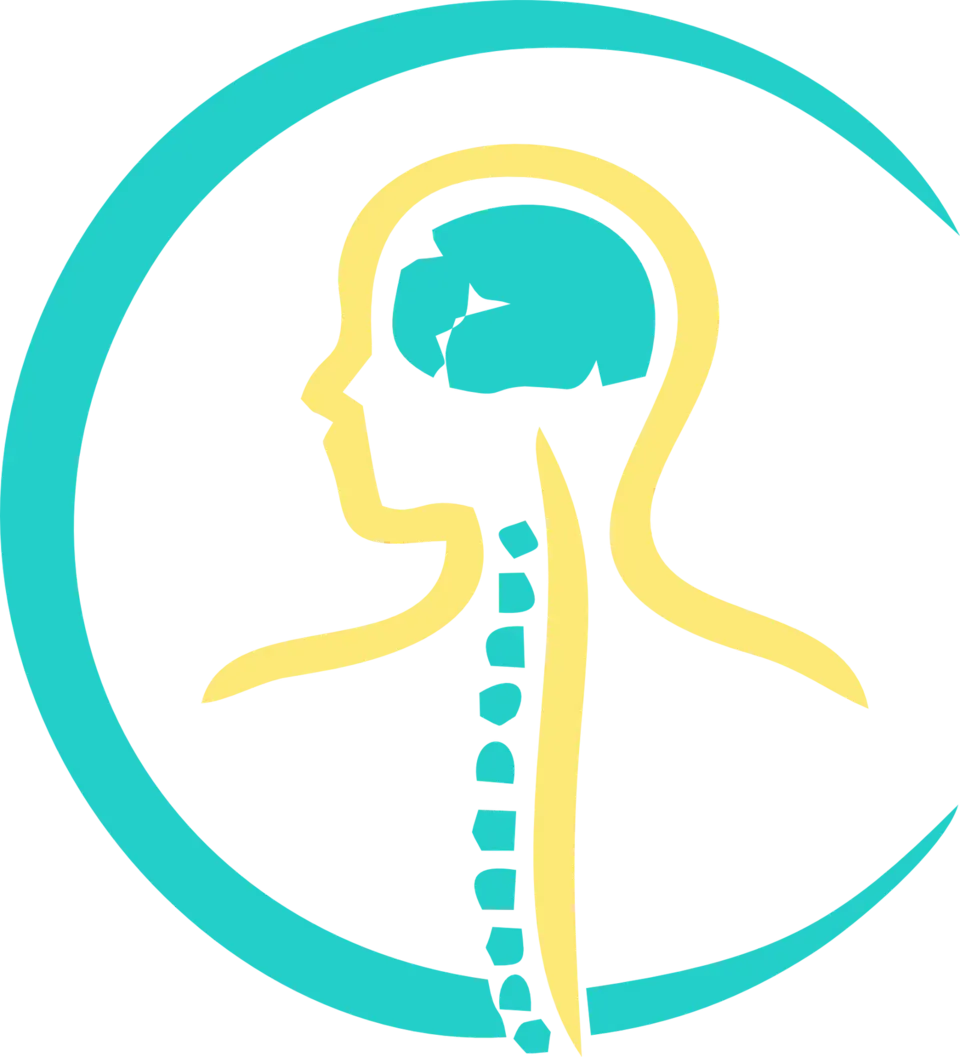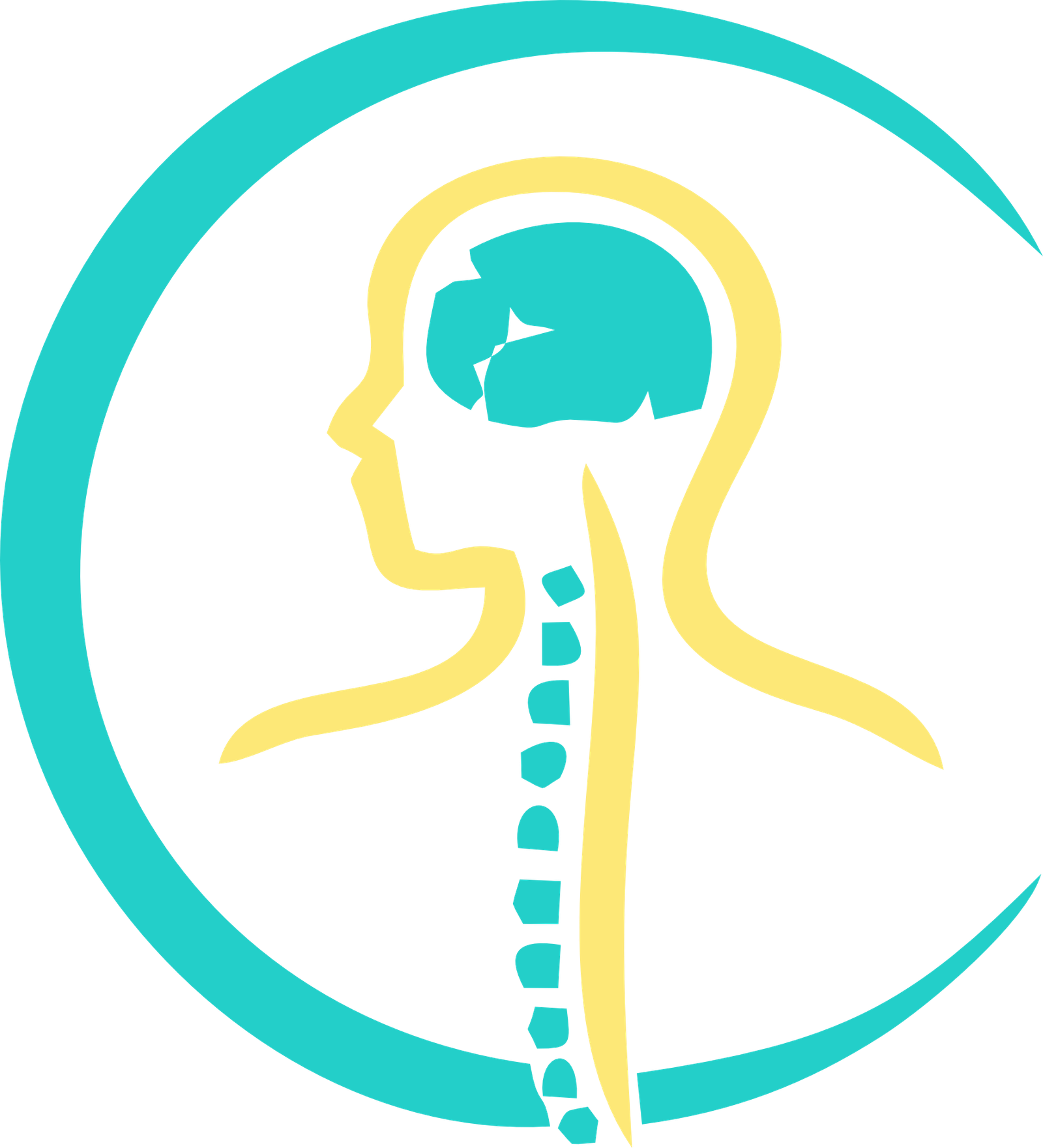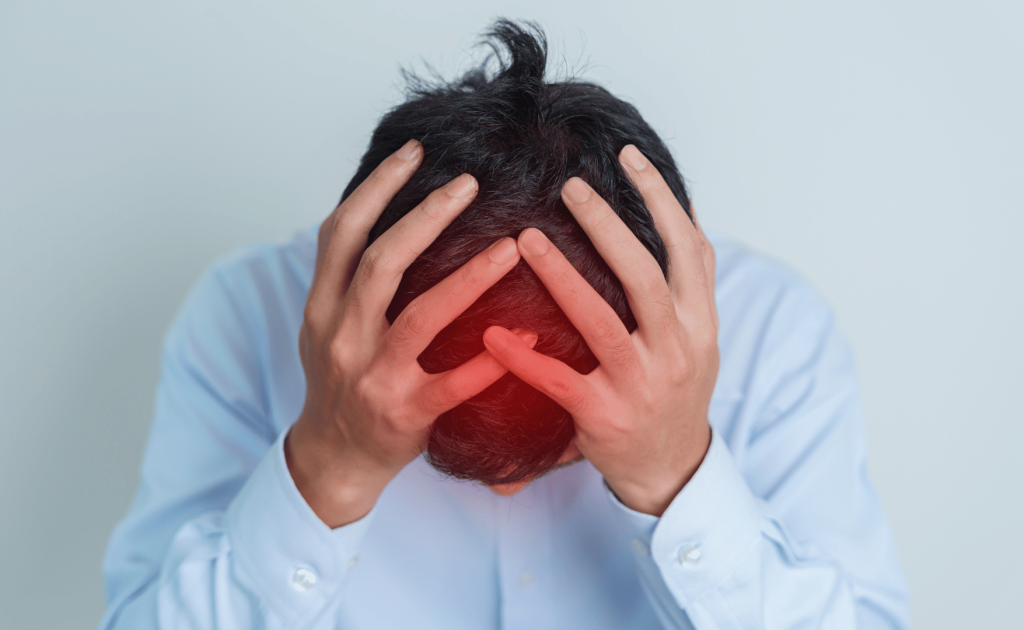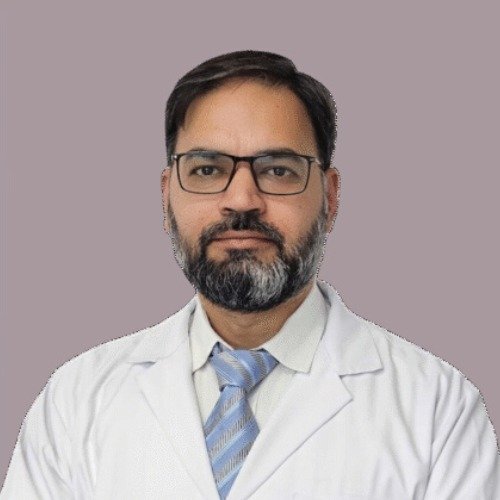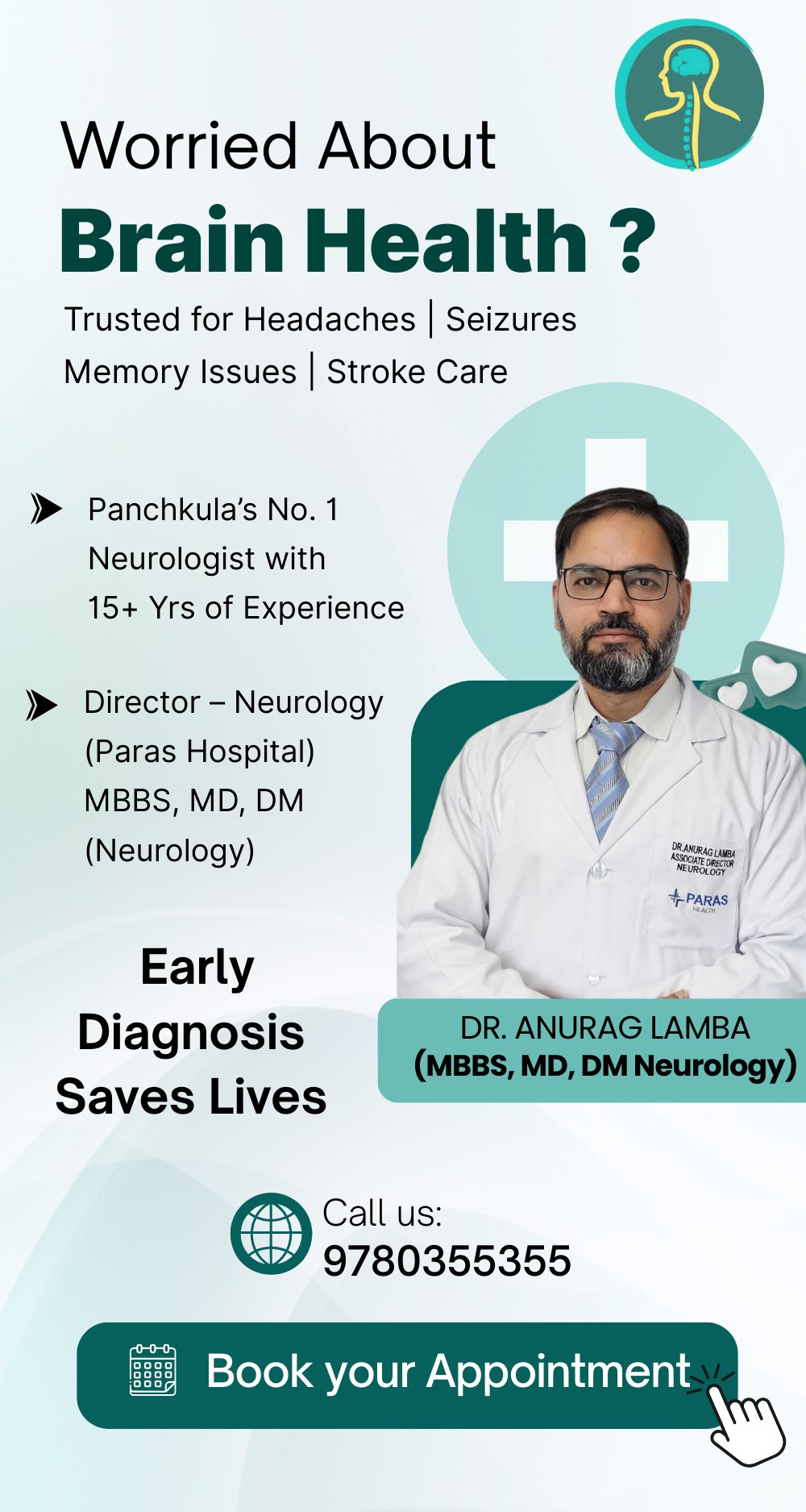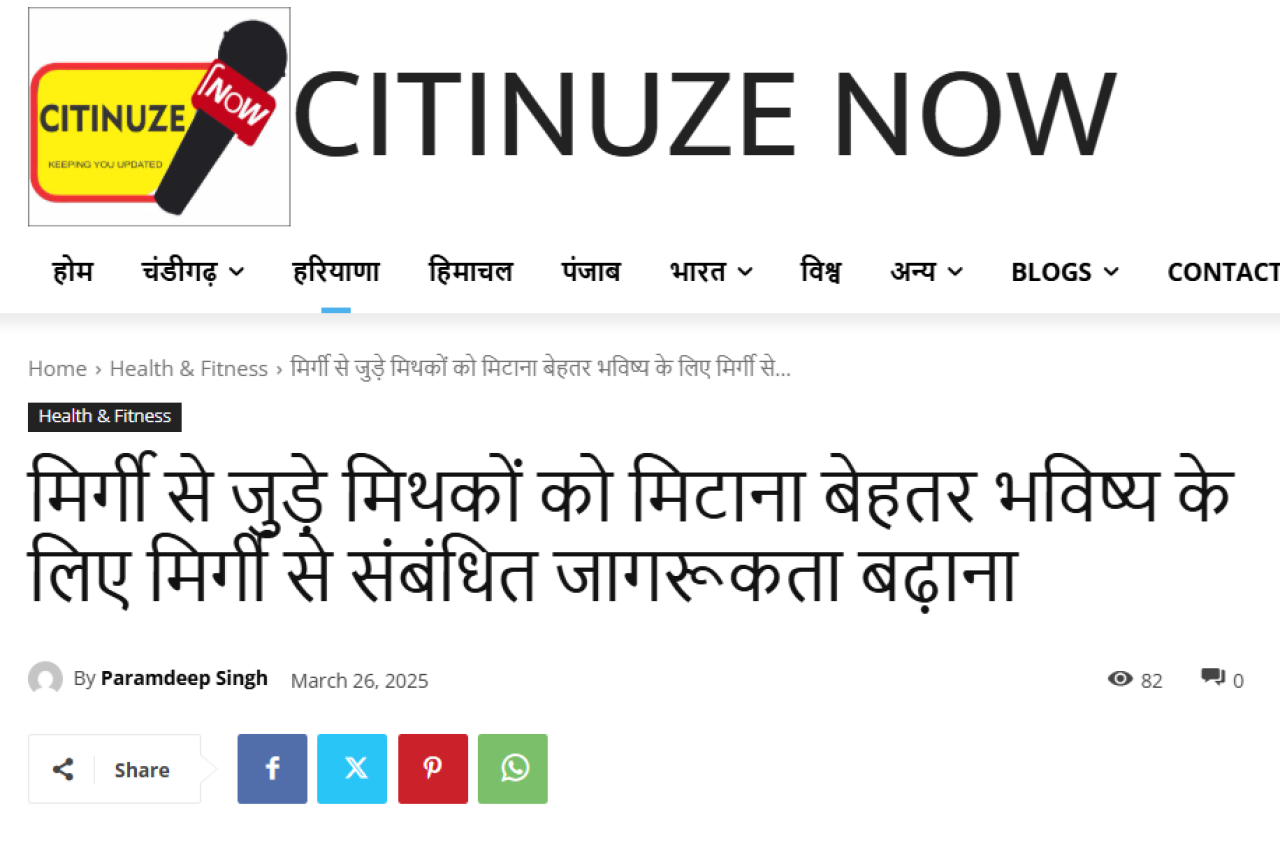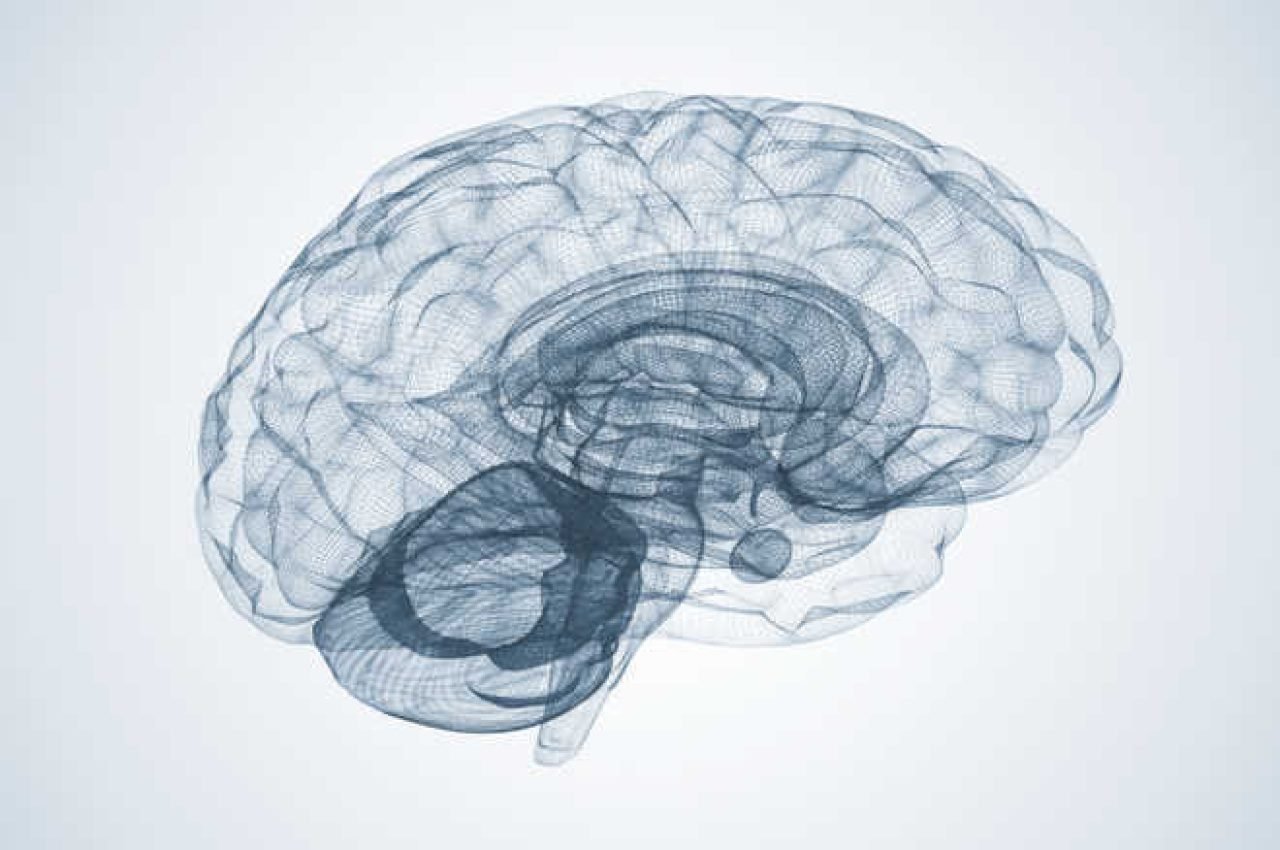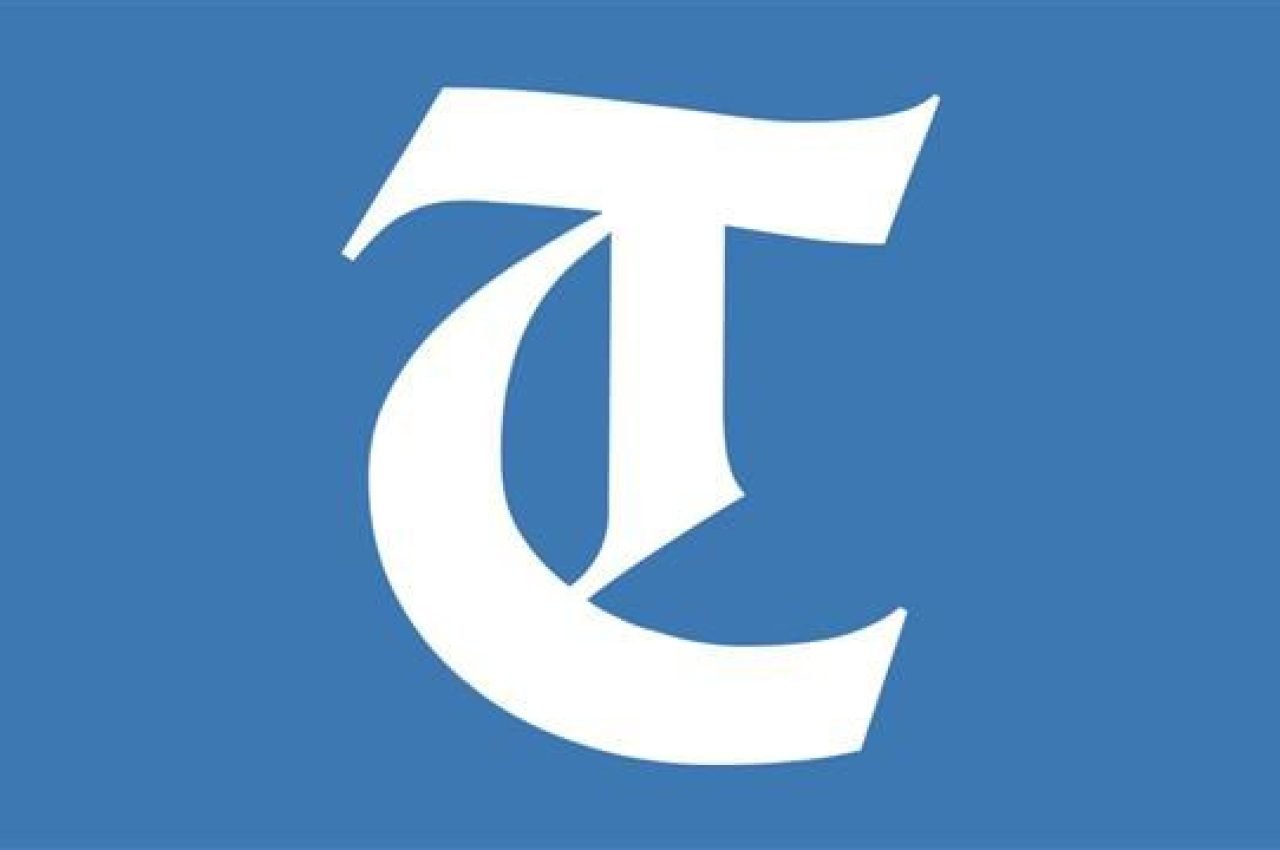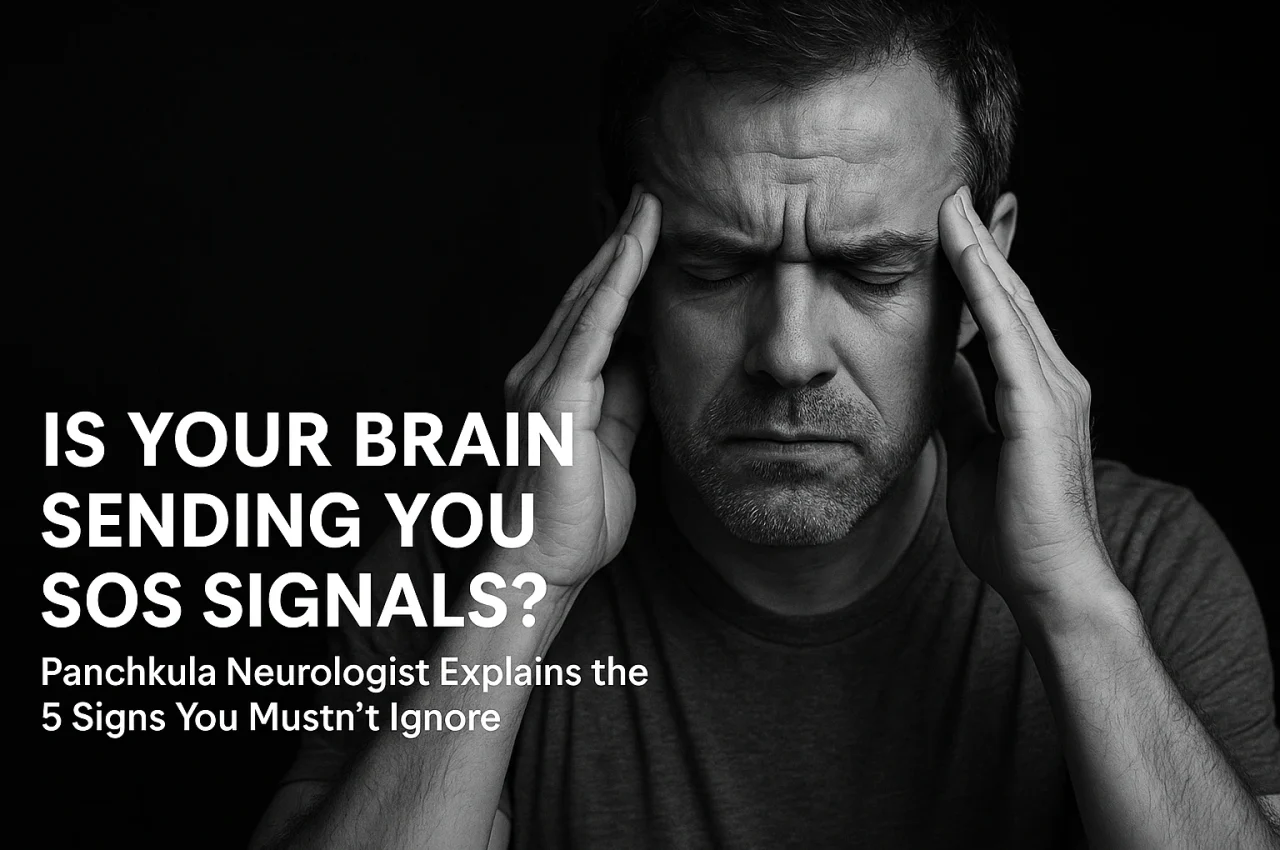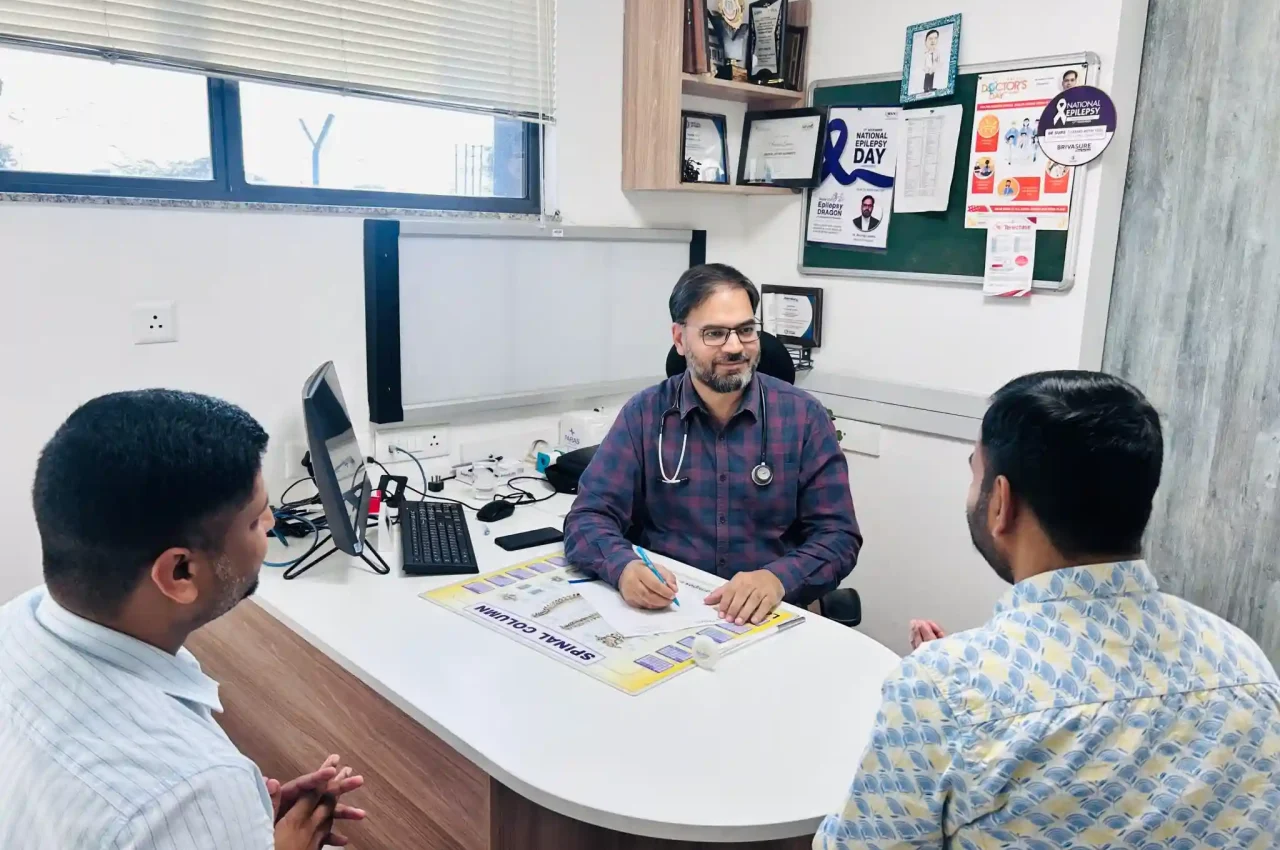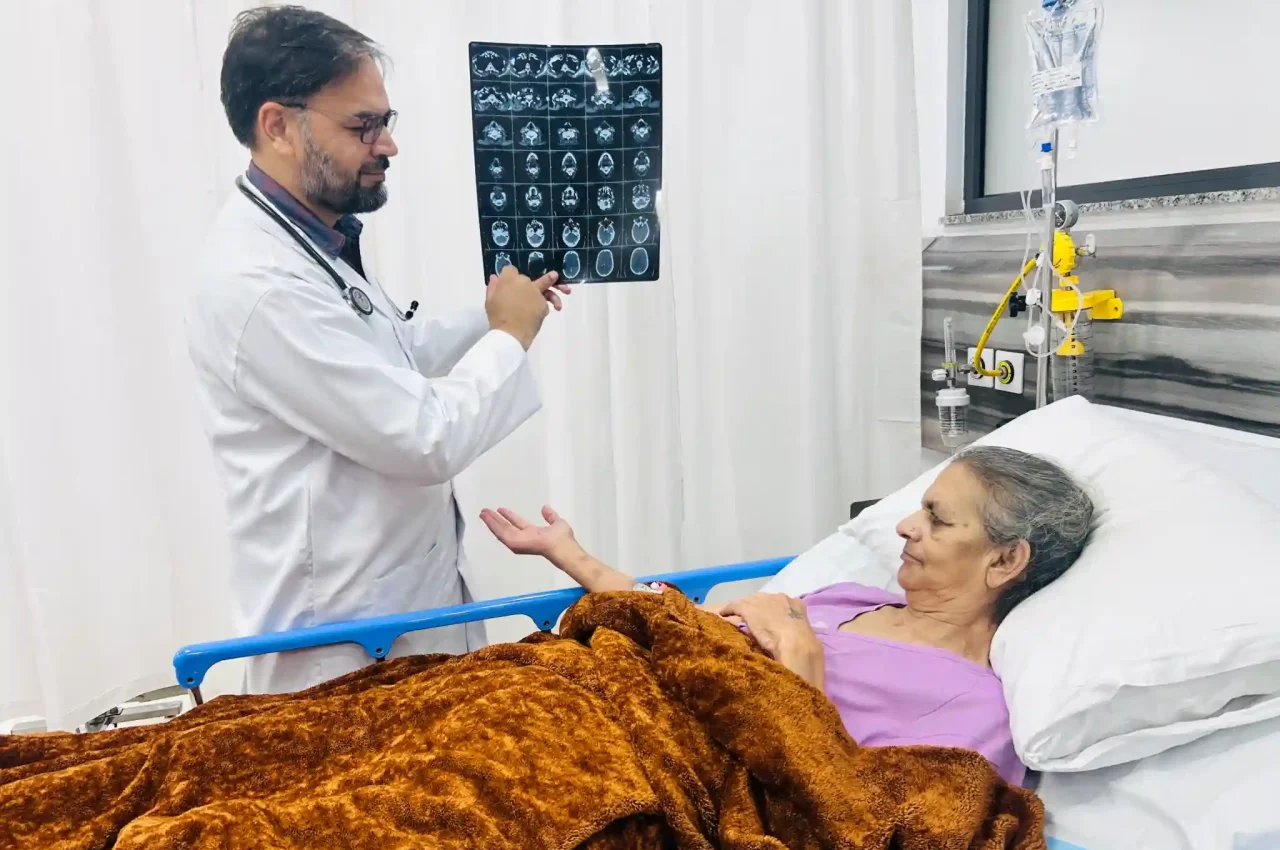Understanding Stroke: A Medical Emergency That Can Be Prevented
If you or someone around you experiences sudden numbness, slurred speech, or loss of balance, don’t ignore it. It could be an early stroke symptom. Getting immediate medical help can save a life.
A stroke occurs when blood flow to the brain is blocked or a blood vessel bursts, leading to brain damage. It can cause permanent disability or even death if not treated immediately. The good news? Most strokes can be prevented with early detection and lifestyle changes.
Let’s break down the early symptoms, risk factors, and prevention tips so you can protect yourself and your loved ones.
Common Warning Signs of a Stroke
A stroke happens suddenly, but the body often gives early warnings. The FAST test is a simple way to recognize a stroke:
F – Face Drooping: One side of the face becomes numb or droops. Ask the person to smile. If it’s uneven, it’s a warning sign.
A – Arm Weakness: If one arm feels weak or numb, ask them to raise both arms. If one drifts down, it could be a stroke.
S – Speech Difficulty: Slurred or confused speech is a common symptom.
T – Time to Act: If you notice any of these signs, call emergency services immediately.
Other early stroke symptoms include:
- Sudden blurred vision in one or both eyes
- Dizziness and loss of balance
- Severe headache without a known cause
- Confusion and difficulty understanding speech
💡 Related Read: Learn about the importance of early Neurological Care in Panchkula and how expert intervention can make a difference.
Who is at Risk? Understanding the Causes of Stroke
Certain health conditions and lifestyle factors increase the risk of stroke. If you have any of the following, you need to be extra cautious:
Health Conditions That Increase Stroke Risk
- High Blood Pressure (Hypertension): The leading cause of stroke in India.
- Diabetes: Uncontrolled sugar levels can damage blood vessels in the brain.
- Heart Disease: Irregular heartbeats (atrial fibrillation) can cause clots.
- High Cholesterol: Clogged arteries reduce blood flow to the brain.
- Previous Stroke or Mini-Stroke (TIA): A history of stroke increases the chances of another.
Lifestyle Factors That Can Lead to Stroke
- Smoking and Alcohol Consumption: Damages blood vessels and increases clotting risk.
- Obesity and Lack of Physical Activity: Increases blood pressure and cholesterol levels.
- Poor Diet: Excess salt and oily food contribute to hypertension.
- Stress and Lack of Sleep: Increases inflammation and affects heart health.
💡 Related Read: If you experience frequent dizziness or headaches, it could indicate an underlying neurological condition. Read more in Brain Tumors: Early Signs & Diagnosis.
How to Prevent a Stroke? Simple Lifestyle Changes That Help
The good news is that up to 80% of strokes can be prevented by adopting a healthier lifestyle. Here’s what you can do:
1. Control Blood Pressure & Sugar Levels
- Get regular health checkups if you have hypertension or diabetes.
- Reduce salt intake and avoid processed foods.
- Take prescribed medications regularly.
2. Improve Diet & Nutrition
- Eat more fruits, vegetables, and whole grains.
- Avoid fried and junk food that raises cholesterol.
- Include omega-3 fatty acids (found in fish, walnuts, and flaxseeds) for brain health.
3. Stay Physically Active
- Engage in at least 30 minutes of exercise daily.
- Simple activities like walking, yoga, or cycling help maintain heart health.
- Avoid long hours of sitting—move around every hour.
4. Quit Smoking & Limit Alcohol
- Smoking damages arteries and doubles the risk of stroke.
- Alcohol raises blood pressure—stick to moderate consumption.
5. Manage Stress & Get Enough Sleep
- High stress and lack of sleep increase the risk of stroke.
- Practice meditation, deep breathing, or light exercises to relax.
- Ensure at least 7-8 hours of sleep per night.
💡 Related Read: Facing constant chronic pain or nerve issues? Learn when to consult a Spine & Nerve Specialist in Panchkula.
What to Do If Someone is Having a Stroke?
Time is critical when treating a stroke. The faster you act, the better the chances of survival and recovery.
Step 1: Use the FAST test to identify symptoms.
Step 2: Call emergency services immediately—never wait for symptoms to go away.
Step 3: Keep the person calm and lying down. Do not give food or water.
Step 4: Note the time symptoms started—this helps doctors decide treatment.
If the person receives medical treatment within 3-4 hours, their chances of recovery increase significantly.
💡 Related Read: Want to understand how the brain heals after neurological damage? Read more in Neurosurgery 101: Common Brain & Spine Procedures.
Final Thoughts: Don’t Ignore Stroke Symptoms
A stroke can be life-threatening, but recognizing early signs and making lifestyle changes can prevent severe damage.
- If you or a loved one has risk factors like high BP, diabetes, or obesity, take preventive action now.
- Consult a neurologist if you experience frequent dizziness, headaches, or numbness in any body part.
- Immediate treatment within the golden window (3-4 hours) can save a life and prevent long-term disability.
📍 Location: Panchkula, Haryana
📞 Call Us: 9780 355 355
📅 Schedule an Appointment
📢 Stay informed! Follow our blog for more brain health tips and neurology updates.
FAQ Section: Stroke Prevention & Early Signs
1. What are the early warning signs of a stroke?
Early stroke symptoms include sudden numbness, weakness in one side of the body, slurred speech, confusion, dizziness, and severe headache.
2. Can a stroke be prevented?
Yes. Up to 80% of strokes can be prevented by controlling blood pressure, maintaining a healthy diet, exercising regularly, and avoiding smoking and alcohol.
3. How quickly should someone get medical help during a stroke?
A stroke is a medical emergency. Immediate treatment within 3-4 hours can reduce brain damage and improve recovery chances.
4. What is the difference between a stroke and a mini-stroke (TIA)?
A mini-stroke (Transient Ischemic Attack – TIA) has stroke-like symptoms but lasts only a few minutes. However, it’s a warning sign that a full stroke may happen soon.
